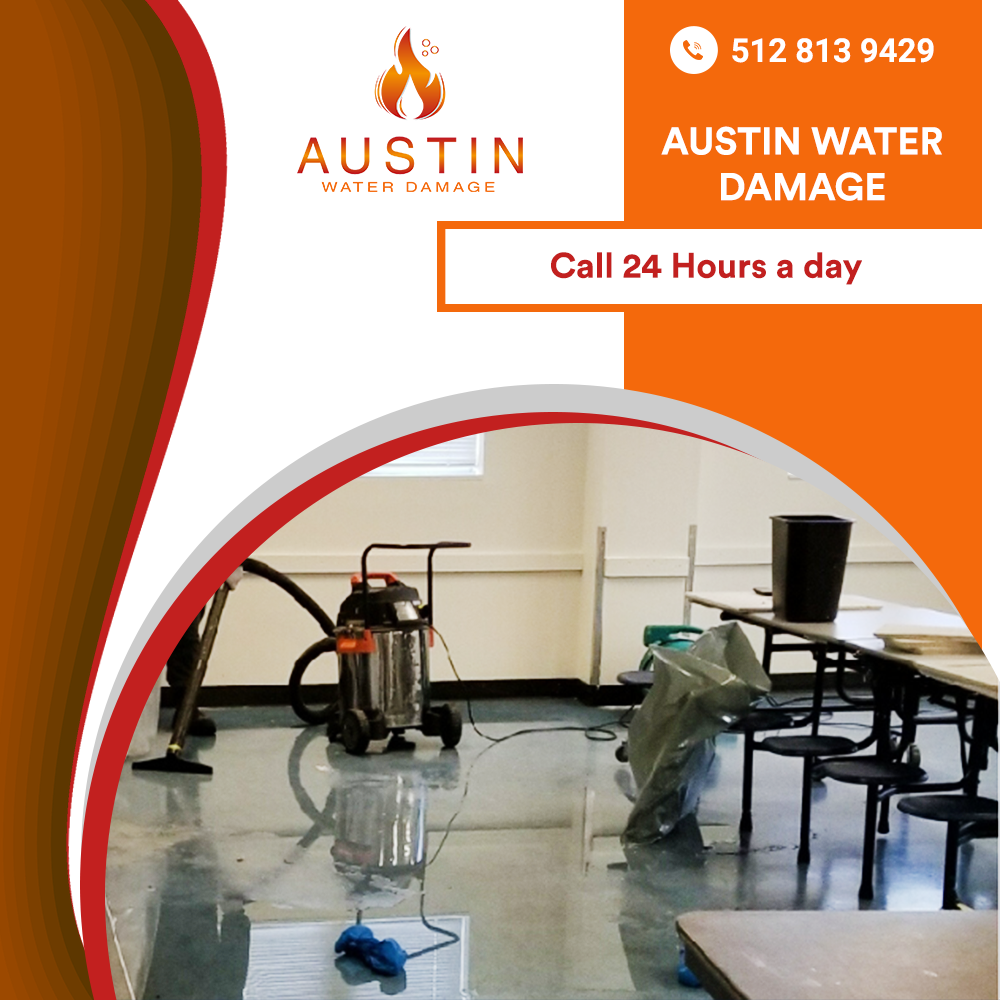The water damage repair procedure is a headache! Dealing with water damage in a house or company may be complicated and unpleasant. Water causes extensive damage and creates a massive mess that may quickly become a significant hassle by Austin Water Damage Restoration company.
- Water Restoration
- Flood Damage Restoration
- Water Mitigation
- Water Damage Restoration Near Me
- Flood Cleanup
- Water Restoration Company
- Water Restoration Near Me
- Flood Restoration
- Water Damage Restoration Service
- Water Mitigation Company
All hope may be gone, and the house or business needs demolishing, but this is rarely the case. Water damage may take many forms, ranging from minor leaks to complete flooding. Repair of all is possible, but it’s crucial to understand the different types of water damage. It’s also vital to understand the classification of water damage into several categories based on the procedures used to resolve it.
-
Removal of Extra Water
Should the carpet be considered salvageable, the method may include portable extractors to remove any surplus water saturating the carpet. The carpet may also need to be removed and thrown in some situations.
-
Removing the Damaged Materials
Certain building elements may need to be removed in many water-damage situations if saving is not possible. Do it before drying the property since removing drywall to reveal wall cavities and carpets to expose subflooring can make the entire drying process more effective. If there is no structural damage, repair contractors may skip this stage and dry the property.
-
Inspection of Building Materials
Water damage may severely degrade the structure of your house, especially if flooded for a lengthy time. Check for apparent crumbling in the foundation and load-bearing walls and the basement and any columns. Water damage to basements is more severe if the underground rooms are dry, but the area surrounding is flooded.
-
Dry-Out Everything Thoroughly
Even after all standing water has been removed from your house, you will need to deal with most things, primarily if you reside in a humid location. Use central air conditioning to reduce
Humidity if you can re-establish power. Dehumidifiers and floor fans, such as Air Movers, can also assist dry wet parts of your house.
If you hurry back in, mildew, mold, and other persistent problems might occur. To ensure a dry house, you may need the help of a skilled restoration contractor like Jenkins Restorations.
-
Disinfecting the Remaining Materials
You can begin focusing on saving specific things after the ventilation process has commenced. Keep in mind that any water that has entered the house might be contaminated wastewater. It implies cleaning everything thoroughly.
-
Contact Your Insurance
Depending on the coverage you have, your homeowners’ insurance will differ. The insurance provider will dispatch an adjuster to inspect and analyze the damage to decide if it is a covered loss.
Before, during, and after the cleanup, take as many photos as you can. To document the values of anything that comes to mind. It will aid the adjuster in assessing the damage when they arrive.
All house insurance coverage does not cover flood damage. Check out our blog article for additional information on how flood insurance works.
Conclusively, if you’re also suffering from some water damage and don’t know where to start the restoration, the above steps will help you recover or restore your home from water damage by Austin Water Damage Restoration.


